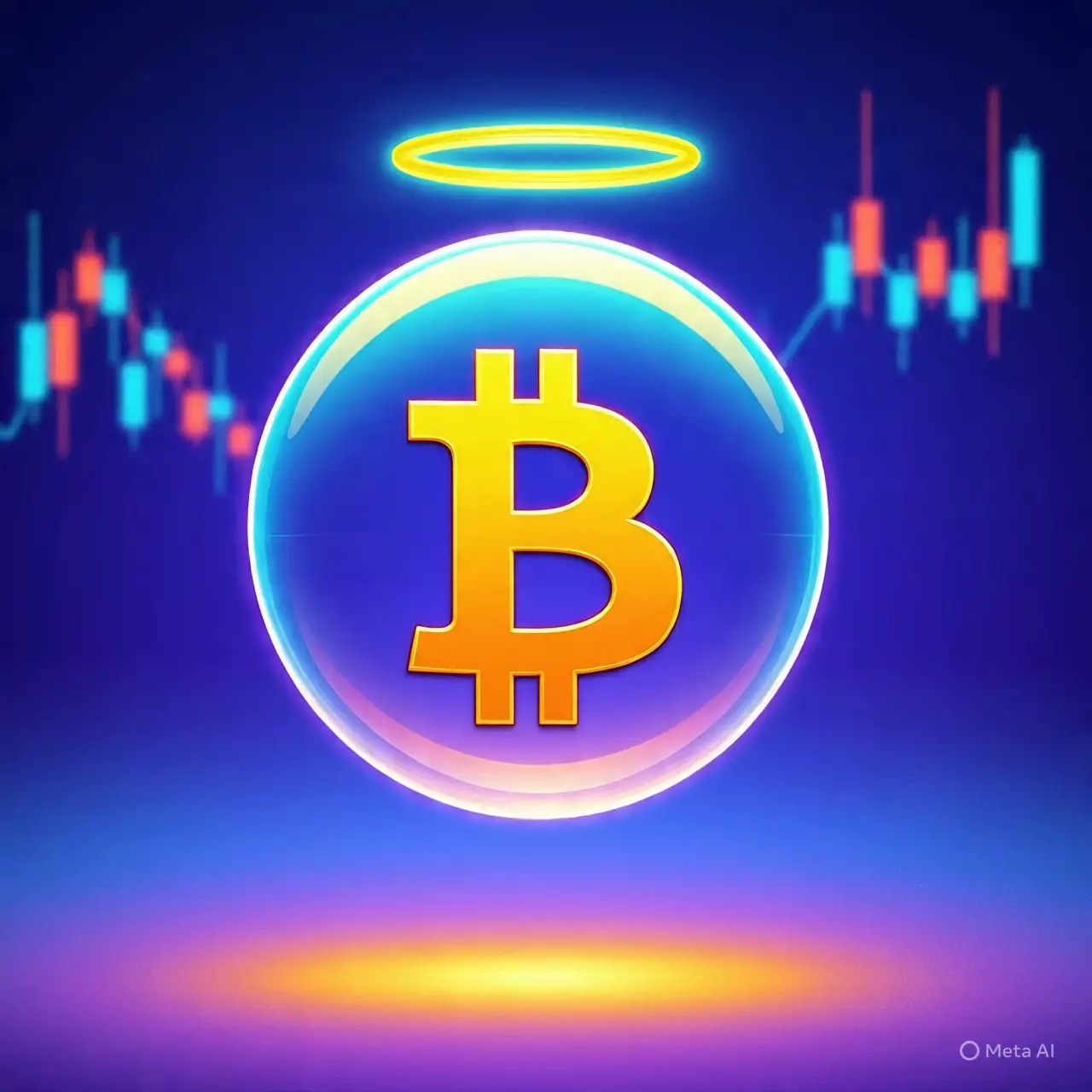Our economy is built on a fragile veneer of prosperity, masking the inevitable reality: the bubbles are on the brink of bursting. For years, the US economy has appeared resilient, yet underneath lies a brewing storm of debt and inflation that threaten to undo the illusion of stability. Veteran investor Robert Kiyosaki’s stark warning underscores the dangers lurking beneath the surface—an impending collapse that could lead to a severe market correction. With national debt soaring past $36 trillion and inflation stubbornly refusing to retreat, the possibility that markets are overheated becomes increasingly undeniable. This isn’t just a temporary setback; it’s an unsettling indication that the foundation of our economic system may soon give way, exposing vulnerabilities that could reshape the financial landscape entirely.
The Myth of Safe Havens in Hard Assets
Many investors cling to gold, silver, and Bitcoin as insurance against economic chaos, but even these supposed safe assets are not immune to the fallout. Kiyosaki’s perspective suggests that these assets will not withstand the blow when the bubbles pop. A market correction could see brutal crashes across all fronts, including precious metals and cryptocurrencies. His recent remarks—that if prices crash, he’s ready to buy more—highlight a risky optimism rooted in the assumption that downturns provide a buying opportunity. But this perspective overlooks the harsh reality: during a systemic collapse, even assets perceived as safe can plunge in value, leaving investors unprotected and vulnerable. The idea that decline equates to opportunity doesn’t address the systemic risks that threaten to wipe out wealth, especially when confidence collapses and liquidity evaporates.
The Cryptocurrency Bubble’s Imminent Collapse
Bitcoin’s recent rally to a record-high of over $123,000 generated excitement and optimism among crypto advocates, but the signs of distress are already evident. The on-chain data reveal that high-net-worth holders—whales—are increasingly moving their coins onto exchanges, hinting at an impending profit-taking spree. A surge in whale-to-exchange transfers, approaching levels unseen since late 2024, indicates that large investors are preparing to cash out. Historically, such activity precedes sharp corrections, especially after a 50% price increase since April lows. Miners and institutional buyers continue to support the trend, but their involvement could be motivated by short-term gains rather than long-term conviction. If the broader market experiences turbulence driven by mounting debt and inflation fears, Bitcoin’s rapid ascent could reverse just as quickly, exposing the fragility of its rally.
The Dangerous Lottery of Market Support and Volatility
Despite mounting warning signs, institutional investors continue to throw significant capital into Bitcoin, with dozens of firms increasing their holdings last week alone. These inflows, along with the steady attraction of spot Bitcoin ETFs, suggest a complex tug-of-war among market players. On one side, large holders and institutional funds are offloading coins; on the other, corporate treasuries and ETFs are accumulating as if betting on a quick rebound. This discord creates an environment of heightened volatility, where short-term traders thrive on chaos, and long-term investors like Kiyosaki eye potential discounts. Yet, this delicate balancing act could be disrupted at any moment. If debt concerns worsen or inflation spirals further, a cascade of sell-offs could amplify volatility, pushing Bitcoin and other assets into a freefall. The downside is a financial shockwave that could shake the entire economic system, revealing the false security of recent gains.
The Central Plight of Inflation and Debt: A Recipe for Collapse
The core issues underpinning these market doubts are frightening in their potential consequences. The relentless rise of the US national debt and the stubborn persistence of inflation threaten to erode savings and destabilize markets. Central banks may be forced to tighten monetary policy prematurely, resulting in liquidity crunches and higher borrowing costs that choke economic growth. Such a complex interplay of debt accumulation and inflationary pressures is a classic recipe for crisis, eroding confidence in fiat currencies and financial institutions. While some see transient dips as opportunities, the strategic landscape is far darker. The looming threat—if mismanaged—could catalyze a systemic failure, forcing a reevaluation of what constitutes safe assets and reshaping global financial paradigms.
In the final analysis, the landscape ahead is fraught with peril. The current optimism masked by rapid asset appreciation belies an underlying vulnerability that could ignite a seismic market correction. It’s a reckoning shaped by debt, inflation, and the inevitable bursting of economic bubbles. While some remain bullish and ready to buy on dips, the reality is that the coming upheaval may challenge the very fabric of modern finance—exposing the illusion of ultimate stability and forcing investors and policymakers alike to confront an uncertain, even catastrophic, future.

